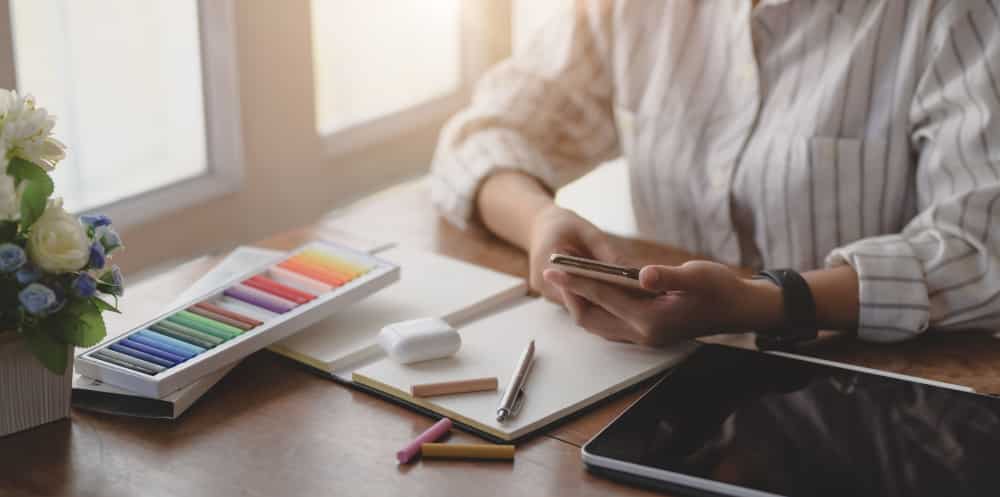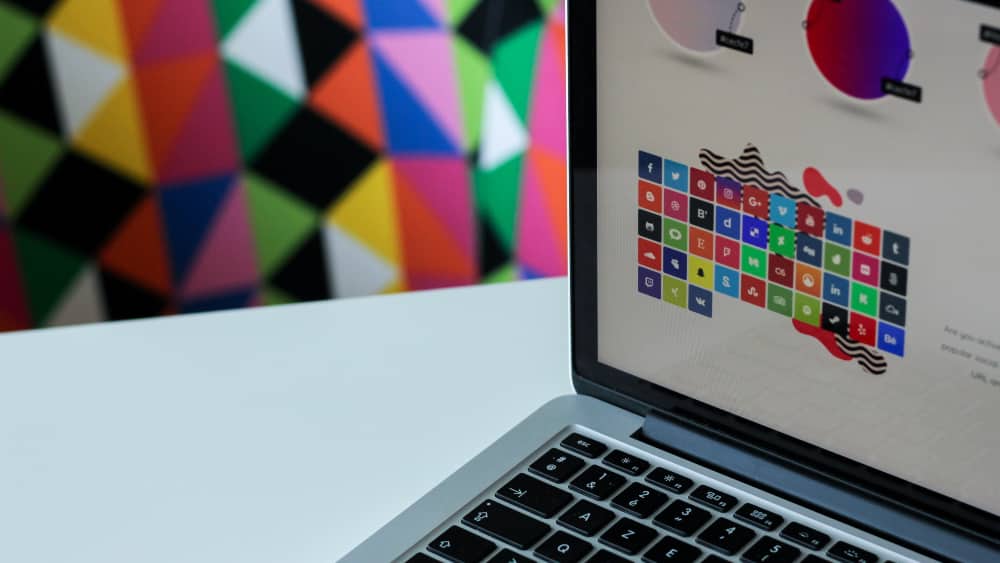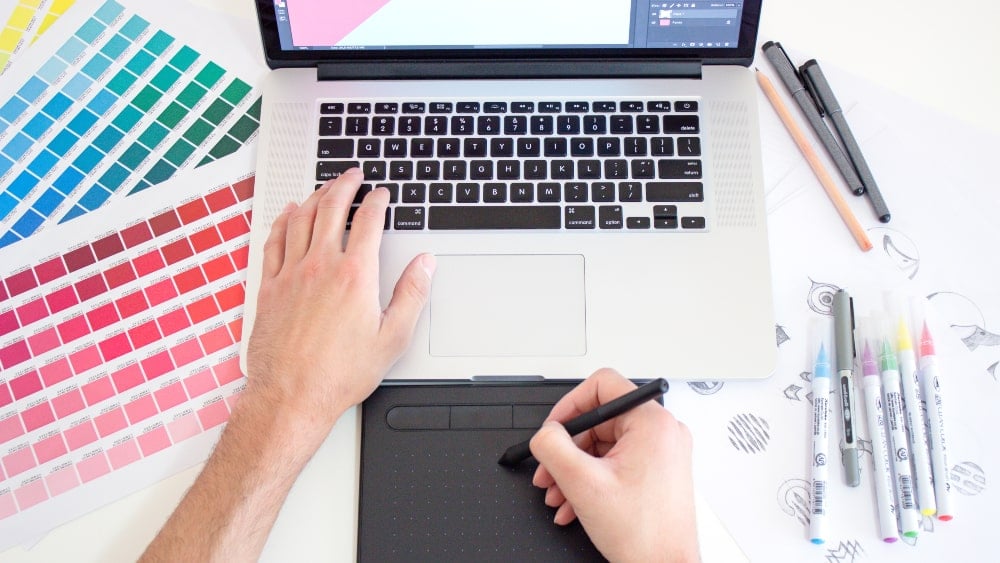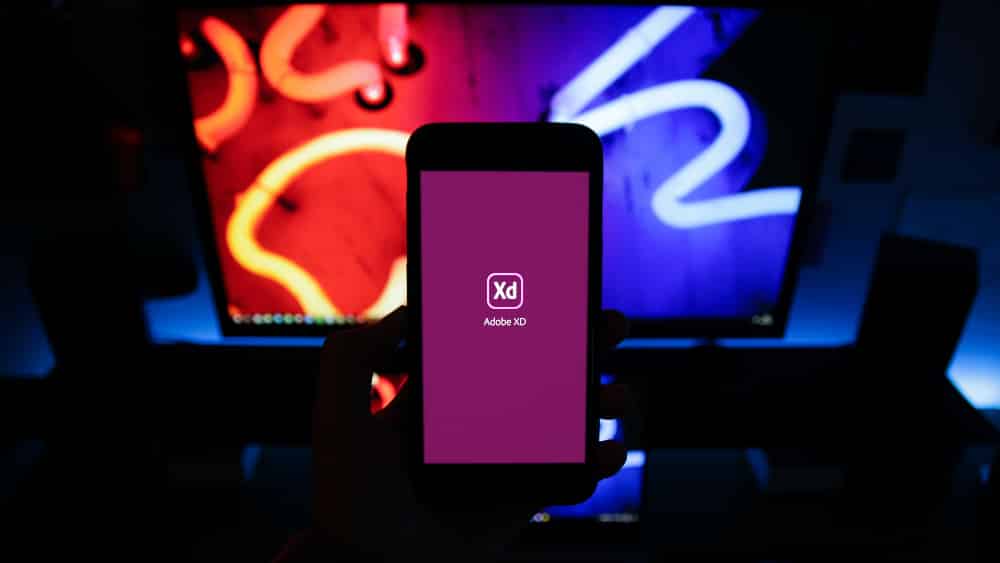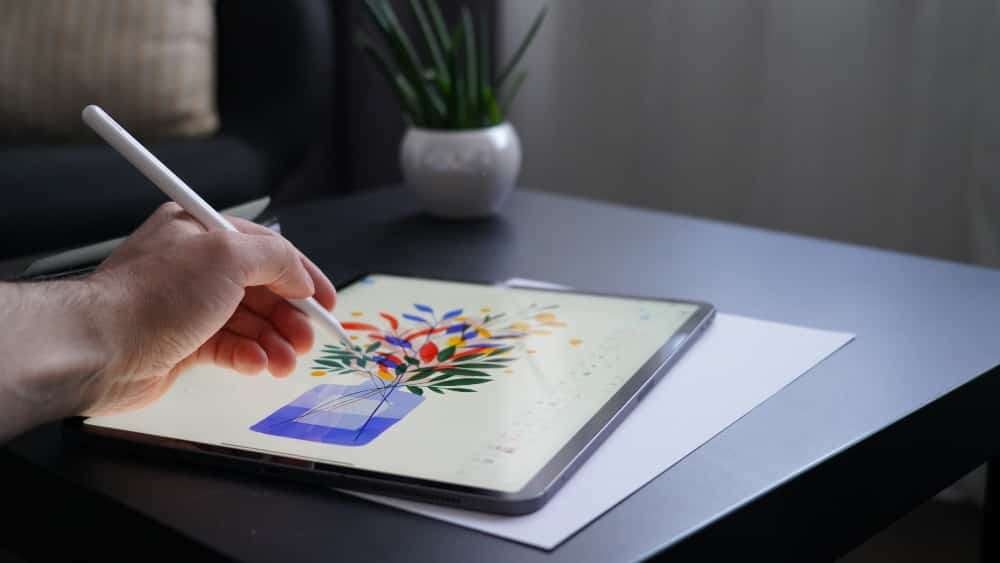This article has been contributed by Georgi Todorov.
Remote graphic design teams give you the opportunity to work with a diverse group of people who all bring unique skills to the table. Because location isn’t a factor, you have more reach to find the best fit for your team. But these benefits don’t come without a few drawbacks.

Managing a remote team of graphic designers presents some unique challenges. Remote teams are already more challenging than in-person teams in a number of ways, but when you mix in the creative work needed to succeed in design, things can get out of hand.
If you’re facing the challenge of managing a design team remotely, prepare yourself. There are three challenge areas you’ll need to address directly:
- Managing creative workers
- Leading people remotely
- Fostering a team environment
Learn as much as you can about how to address these challenge areas appropriately so you can lead your team successfully.
1. Working with Graphic Designers
When you’re working with any agents in the creative industries, you have to understand that things operate a little differently. While many areas of business have concrete expectations, results and definitions of success, design doesn’t work like that. It’s more than just a mechanical process. As such, you need to recognize that working with graphic designers may need to look a little different.
There’s no need to coddle designers or organize your entire operation around them. Instead, try to ensure you’re communicating effectively by following these helpful suggestions.
Organize Your Needs
Graphic designers are often experts in their field. They have a wealth of knowledge and understanding of design principles. But they are not mind readers.
If you come to a team of graphic designers without having any clear idea of what you want, they will have a difficult time meeting your expectations. The problem with approaching a team of designers and handing them a project without clear goals is that you might be tempted to shift the goal posts after seeing their deliverables.
Before you make any requests from your team, organize your project expectations. What are you looking for in the project? What are your goals? What should the final designs accomplish? It’s not enough to say you want an advertisement. Tell the design team what you’re trying to advertise and the marketing or branding strategy behind the ad.
Give them as much detail as you can to help them make something that fits in with your overarching vision. They only know as much as you tell them, so make sure you’re leaving them with enough to lead them to the results you want.
Show More than You Tell
Creative workers are all different. But one thing many graphic designers have in common is a frustration with clients trying to explain complex ideas with very basic, nondescriptive words. If you don’t understand the jargon of design, or even if you do, try to show your design teams visual examples for inspiration.
Everyone wants something that “stands out”, “attracts attention” and “inspires people to respond to the CTA”. None of these descriptions help your designer narrow down what you actually want.
As much as possible, give your design team examples of similar visual elements or a selection of work that exhibits the look and feel you’re searching for. Even if you can’t articulate it in words, showing something that inspires the right feelings can help you convey your point more effectively.
Address the Nitty Gritty
A classic mistake people make when talking with designers is forgetting about the boundaries. Because design is creative work, people tend to get a little fluffy about the details. But, you’ll be doing your designers a favor if you talk about your timeline, budget and specific deliverables.
Vague design assignments lead to disappointing results. Tell your designer what they’re working with before they start.
Talking about the business side of things isn’t always the most fun you can have with design work. While the details aren’t fun, they help you point your design team in the right direction and give them a clear idea of what they’re supposed to be doing. They’ll appreciate the guidance and you’ll be able to air out any misunderstandings before they lead to trouble later.
Recognize Their Expertise
Engage with the designers on your team with the right mindset. Treat them like design experts, because that’s what any good graphic designer is. They have a depth of experience and knowledge about design concepts that can help you flesh out your vision in the best way possible.
If you’ve got a solid idea in your head about what you want, allow some flexibility to see if your design team has other ideas that might address your overall needs more thoroughly. Don’t let designers run rampant and change everything you wanted, but do let them contribute their valuable opinions to your project.
Choose Your Words Wisely
When an unfinished draft is delivered to you, take time to give feedback that’s valuable and helps your designers correct things you don’t like. Avoid giving suggestions on how to fix the problems. Lean on their knowledge. Point out as specifically as possible what you don’t like and allow them the space to fix it in a way that makes sense with the overall design.
If you give specific corrections that fundamentally alter the design, you could end up with a bad design and a result that you dislike even more. Think about what you’re saying before you send feedback about a design draft. Give actionable feedback that tells your design team what your problems are and gives them space to solve those problems themselves.
2. Connecting Remotely
Good communication is invaluable on any design project. However, no amount of communication will help if you can’t overcome the basic problems of remote working. For some of us, it’s a whole new world. Even if you’ve been working remotely for a while, it’s still good to learn more about how you can thrive in a remote work environment with a team of graphic designers specifically.
Getting the Right Gear
Remote teams rely heavily on technology to get things done. If anyone in your team doesn’t have the right equipment for working from home, that’s something that will come back to haunt you later on. Your team needs to be using compatible hardware and software for the best chance for things to run smoothly.
Establish a standard set of remote working tools for your team. Ask for their input, especially if they’re already familiar with the tools, apps and equipment used in graphic design. It’s better to use something that people are already familiar with if possible, to avoid a strong learning curve.
The last thing you want is a constant onslaught of issues because half your team uses Illustrator and the other half prefer Photoshop or GIMP. You also don’t want the hassle of trying to mesh together a collection of different file formats and services.
Apps and software are the biggest obstacles here. Hardware differences can often be sidestepped with the right software. Do our research and find out which services are going to make your experience better. Look at direct comparisons of your options, such as GetVoIP’s guide to cloud PBX software for business.
The whole team will benefit from a unified approach. It’s not as important how they work on the project in their own environment, but whatever they’re doing in collaboration with others needs to be in a standardized format. Whether it’s messages or files, each person should know which tools they’re expected to use and should have access to them.
Developing a Contact Schedule
Remote workers don’t get the benefit of having lunch together or walking down the hall for a quick word about a project. Because there’s very little spontaneous interaction, it’s your job to initiate as much regular interaction as possible. Engage with every person on the team and focus on interconnectivity.
Do this by allowing and promoting personal interactions on the group. Make space for conversations that aren’t directly related to work. Plan this as a regular part of your weekly check-ins.
By allowing personal talk as part of your conversations, you’re giving space for your team to connect. This is an element many people miss when they work from home and it has the tendency to create distrust and chaos in teams. When people are distant both physically and socially distant, it’s more difficult to have a cohesive team that works at full efficiency.
With the right balance of communications, even a team of remote graphic designers can operate like a well-oiled machine. It’s less about how often you see each other and more dependent on how much effort is put into building a culture of connection within your team.
Diarize your weekly remote meetings. Make them consistent.
Navigating Creative Blocks
One of the challenges of working in a creative industry is that you rely in part on creativity to get the job done. When it comes down to conceptual work, it takes a certain amount of creativity to come up with ideas that you can then flesh out with the main project legwork.
What happens when remote workers start feeling creative block? How can you help your team get past these blocks virtually?
Practically, you can encourage them to take the time they need to rest and get their creative juices flowing. Give them time to do something with their hands, free from screens, to stimulate the unconscious thought processes that inspire creative ideas. Alternatively, you can hop on a video call and brainstorm ideas to solve the problems that the designer is currently facing.
You can’t force creativity. It comes and goes as it pleases. With a healthy dose of discipline and the right balance of downtime to worktime, remote working designers have a better chance of accessing creativity when they need it. If you’re leading the team, part of your job is to strongly encourage this balance and assist each individual with some strategies for facing creative blocks.
3. Encouraging Teamwork
The last piece of the puzzle is the team itself. Teamwork is a vital part of the equation whether you’re working virtually or not. However, virtual teams present a unique challenge.
A group of designers working together isn’t a team in and of itself. Do what you can to encourage designers to work well as a team by building an environment where they can thrive despite working remotely.
Manage Careers and People
Are there opportunities for advancement in the context of your design team? Do members of the team have potential for career growth in their work with you? If your team is made up of employees, it’s easier to help them chart a path forward in the company. But, even freelancers or independent contractors can see future growth if they work with you on a consistent basis.
When you’re leading a work team, you’re not just responsible for making sure people give you what you need. The best managers give attention to the long-term needs of people working from them. If you want to get the most out of the people in your team, help them find a path with upward momentum and give them the tools and opportunities they need to reach their own career goals.
Give Time to Individuals
Each and every team is made up of a collection of individuals. It’s easy to think of the team as one unit, especially if it functions in a healthy way and operates like a singular unit. However, if you lose sight of the individuals in the team, you’ll have a difficult time keeping the team dynamics healthy.
Most people enjoy being part of an effective team. It helps us feel connected to others, fulfilling our social needs while also giving us greater opportunities to do excellent work. None of that negates the need for individualized attention.
Get to know everyone on your design team. Don’t let anyone fall through the cracks. Take the time to speak to each team member on a consistent basis to check in, ask about their progress, see how satisfied they are in their work, and work to uncover potential problems before they build up. If you’re setting time aside to address team members individually, you’ll be able to help your team stay healthier for longer.
Create Appropriate Leadership Infrastructure
Depending on how large your team is, you may need assistance with leadership of the team. Ask yourself a few honest questions:
- Are you the most appropriate person to lead the team?
- Are you able to keep up with what everyone is doing?
- Do you prioritize your own design work or management responsibilities?
- How do your team members respond to your leadership?
Part of good leadership is knowing when you need another set of hands to work with you. Appropriate leadership for your team might mean appointing someone in the team as the go-to for certain aspects of the job. Delegating some of the leadership responsibilities means freeing up more of your time for other tasks while also giving someone on the team a chance to advance.
Be honest with yourself. Is your leadership inspiring the best out of people, or are you struggling to get things done at the level you want?
Consider taking leadership training and tapping someone else to help you take care of the management needs of the people on your team.
Give the Right Projects to the Right People
Graphic designers are not all created equal. Some designers specialize in ads, others in animation or infographics. Some designers have a taste for humor while others love abstract concepts and striking visuals. Two graphic designers with similar career histories could have vastly different skillsets, preferences and strengths.
Part of managing your graphic design team well is understanding the people that work with you and divvying out projects based on that knowledge. As much as possible, try to give out projects based on who would be the best fit for the work. Some projects just have to be done, whether they’re enjoyable or not, but too much grunt-work leads to people disengaging from the job.
Getting people interested in their work is an important part of creative work. People that are more engaged with the work are generally going to perform better in the long run.
No challenge is insurmountable. By taking the time to learn more about the unique challenges of leading a remote graphic design team, you can begin moving towards a strategy for success.
_
About the author: Georgi Todorov is a digital marketing specialist at Green Park Content and GetVoIP.
